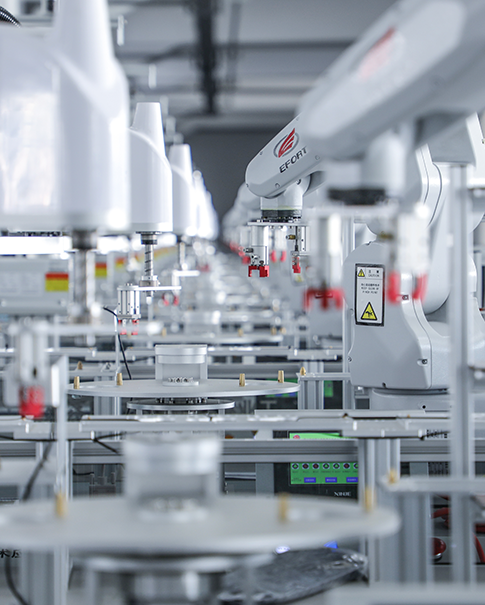Why This Discontinued Siemens Part Still Matters
Walk through any factory still running decade-old equipment, and you'll likely find a few of these workhorses – the SIEMENS 6ES5095-8FB01 subunits quietly doing their job. Designed for the SIMATIC S5-95F system, these compact components were the unsung heroes of industrial automation. Officially discontinued? Yes. Still in demand? Absolutely. Many plants can't afford to rip out and replace entire control systems every time Siemens releases a new product line. That's why this little gray box, despite its "obsolete" status, remains a hot commodity in certain industrial circles.
This wasn't just another replaceable part – it served a critical function in safety systems where failure wasn't an option. Here's what set it apart:
Built like a tank – These units could withstand the vibration, heat, and electrical noise of harsh factory environments that would fry modern components.
Safety-first design – As part of the S5-95F fail-safe system, it wasn't just about keeping production running, but preventing catastrophic failures.
No-nonsense approach – Unlike today's components that come with 200-page manuals, this one assumed you either knew what you were doing or had an experienced colleague who did.
The lack of included instructions wasn't oversight – it was a reflection of an era when industrial electricians were expected to understand their systems inside out.
Where You'll Still Find These Units Working Today
Some might call these legacy systems, but in many plants, they're still the backbone of operations:
1. The "If It Ain't Broke" Factories
We've all seen them – facilities where the control panels look like they haven't changed since the 90s. Managers know every creak and groan of these systems, and they'll keep them running until the last possible moment.
2. Safety-Critical Applications
In environments where a system failure could mean more than just downtime – chemical plants, power stations, heavy manufacturing – the cost of replacement often outweighs the risk of running proven, if outdated, equipment.
3. Budget-Strapped Operations
For smaller manufacturers, a complete system overhaul might represent an unacceptable capital outlay. Keeping old systems alive with spare parts becomes a financial necessity.
The Hunt for Discontinued Parts: A Growing Challenge
Finding a genuine 6ES5095-8FB01 today feels increasingly like a treasure hunt:
The gray market gamble – Prices fluctuate wildly, and authenticity is always a question. That "new old stock" might have been sitting in a damp warehouse for a decade.
The refurbishment roulette – Some rebuilds are done properly; others are just cleaned up and resold with questionable reliability.
The documentation dilemma – Without original manuals, troubleshooting becomes tribal knowledge. When the last veteran electrician retires, that knowledge often leaves with them.
One plant manager told me, "We keep two extras in a locked cabinet, and the maintenance supervisor has the only key. That's how precious these have become."
When to Hold On and When to Let Go
The million-dollar question for operations still using these systems: Do we keep patching or finally upgrade?
Sticking With the Old Reliable
Pros:
No retraining costs
No production downtime for installation
Known reliability
Cons:
Increasing difficulty finding parts
Lack of technical support
Potential compatibility issues with newer equipment
Making the Leap to Modern Systems
Pros:
Better diagnostics and connectivity
Improved efficiency
Future-proofing
Cons:
Significant capital investment
Extended downtime during transition
Retraining workforce
One creative solution we've seen? A phased approach where non-critical systems get upgraded first, while mission-critical processes keep running on the old S5 systems until the very end.
Conclusion: Respect for the Old Guard
In an age of planned obsolescence and constant upgrades, there's something admirable about equipment that just keeps working. The 6ES5095-8FB01 represents an era when industrial components were built to last, not just until the next product cycle. For plants still running these systems, the decision to upgrade isn't just about technology – it's about balancing risk, cost, and operational familiarity. As one veteran engineer put it: "I trust that old Siemens gear more than some of the new stuff. It's like driving a classic car – you might not have GPS, but you know every inch of the machine." Are you still working with these legacy systems? Share your stories about keeping old automation equipment running against the odds. And if you've made the switch, what lessons did you learn that could help others?
 Network Supported
Network Supported